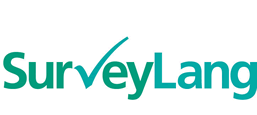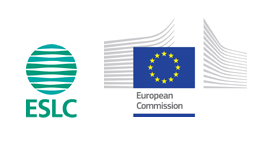Sampling
Gergely Hideg at Gallup Europe is the Team Leader for the area of Sampling. Gallup has extensive expertise in the delivery of surveys and in sampling procedures.
For the European Survey on Language Competences, it was prohibitively expensive and too demanding logistically to survey all of the students of the appropriate age learning English, French, German, Italian and Spanish across Europe. Therefore a representative group of students learning the two most frequently taught of these languages within a country was tested.
Rigorous sampling procedures were vital for the survey so that the data collected was comparable across each of the participating countries. The sampling process consisted broadly of two main stages. First, selecting a sample of schools within each country and second, selecting a sample of students from the schools sampled.
In order to select the sample of schools, a full list of all schools that were eligible (i.e. those where English, French, German, Italian or Spanish is taught at the applicable grade and for a minimum of one academic year) was needed for each country participating in the survey. For each country, a minimum of 71 schools for each of the two languages tested were selected in each of the participating countries. For the Field Trial this number reduced to 40 schools per language.
Countries were also able to select stratification variables. This meant, for example, if a country wanted to specifically look at the performance of public compared to private schools or the performance of schools across regions, they were able to do this. Weighting was applied to ensure that the selection of schools remained representative of the whole country.
The second-stage following the selection of schools was to sample students. From the list of sampled schools, a list of eligible students from each school was drawn up. From this, an average of 25 students per school were sampled.
The SurveyLang sampling team designed a custom web-based sampling portal which allowed two-way communication between National Research Coordinators, their sampling experts and SurveyLang on sampling related tasks.

